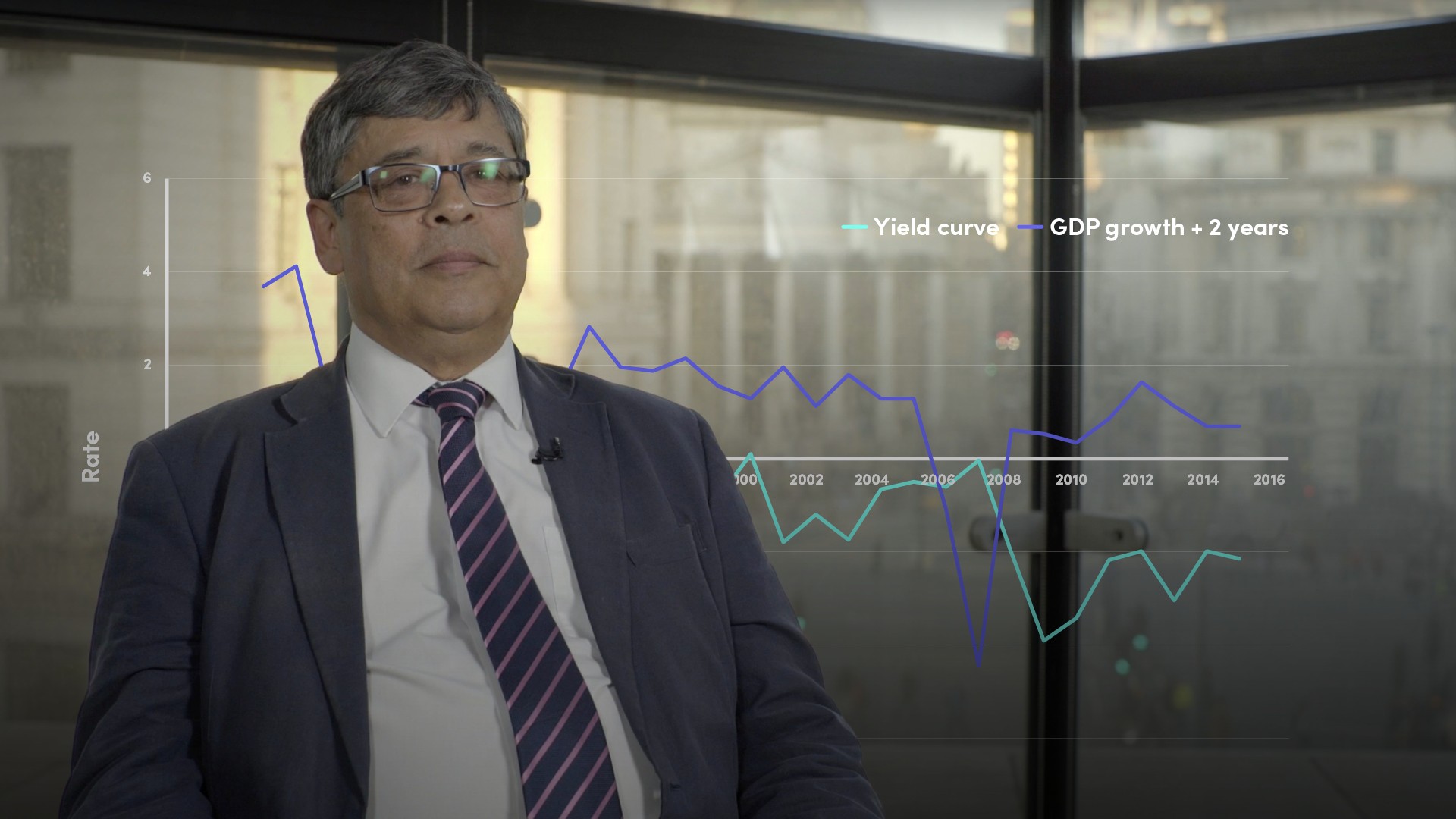
Inverted Yield Curve
In a classic positively sloped yield curve, bond yields rise through the maturity spectrum i.e. short-term bonds yield less than long-term bonds; intermediate term bonds have yields between the short and long ends. In an inverted yield curve, the relationship between yield and tenor inverts and shorter-term maturities yield more than longer-term maturities in parts of the curve. Market participants often see curve inversion as a harbinger of adverse economic developments and market volatility. Inversion is typically transitory and can be driven by demand factors, say as a result of bond investors shifting their preferences, or asset allocation shifts from equities to bonds or from international bonds to US bonds. Because demand drives up bond prices and prices move inversely to yields, the shift can be sufficient to cause inversion.




























